Mercedes-Benz Catalytic Converter Replacement | DIY with Pictures
Need to replace the Catalytic Converter on your Mercedes-Benz? Learn how to change the catalytic converter of your Mercedes-Benz by following the procedures below. This DIY provides step-by-step instructions on how to change the catalytic converter on a Mercedes-Benz.
While the pictures in this guide are from an S-Class, these instructions will help you learn how to change a catalytic converter on Mercedes-Benz C, E, CLK, CLS, GL, ML, GLK, and other models required with V8, V8, and V12 engines.
What you will need
- E-Torx Socket
- 3/8″ Ratchet Wrench
- 8″ Ratchet Extension
- Penetrating Oil
- Gloves
Procedure
Allow the car to cool down. The exhaust system can get very hot and remain hot even after the engine cools down. Jack up the vehicle front and back on the side where you will change the catalytic converter. Make sure to secure the vehicle with jack stands. Set the parking brakes and block the wheels on the opposite side. Do not get under a vehicle that is not secured with jack stands.
- Remove all the splash shields from under the engine. The splash shield is held in place with several 8mm screws.

- Disconnect both oxygen sensor cables. We were able to disconnect both the upstream and downstream from the top. In some cases, it is easier to disconnect the downstream from under the car.

- Spray penetrating oil on the bracket in the middle of the vehicle and let it penetrate the bolt for at least 15 minutes or longer. Loosen the nut using an E10 socket and slide the bracket off.

- Remove two 10mm nuts. Remove the bracket from the car.

- Remove the two 13mm bolts at the flange above the catalytic converter.
 The upper bolt was easier to remove from above the engine. We were able to remove them from under the vehicle. We had to use a couple of 8″ ratchet wrench extensions to access it.
The upper bolt was easier to remove from above the engine. We were able to remove them from under the vehicle. We had to use a couple of 8″ ratchet wrench extensions to access it. 
- Carefully lower the catalytic converter and remove it from the vehicle.
 You may have to remove the oxygen sensors to make room to pull down the old catalytic converter.
You may have to remove the oxygen sensors to make room to pull down the old catalytic converter. We could remove the passenger catalytic convert in this S-Class with the attached oxygen sensors. Once you have the vehicle’s catalytic converter, it is much easier to remove the oxygen sensors.
We could remove the passenger catalytic convert in this S-Class with the attached oxygen sensors. Once you have the vehicle’s catalytic converter, it is much easier to remove the oxygen sensors. - Reinstall the catalytic converter in reverse order.
Replacing a Mercedes catalytic converter is relatively easy. The main challenge is when a bolt refuses to come off, which happens quite often. What we have found to be very helpful is to spray penetrating oil on the bolts that need to be removed a couple of times the night before you plan on replacing the catalytic converter.
If you have a new OEM catalytic converter, the procedure is straightforward and can be completed in your driveway. Just secure the vehicle with jack stands, as you will spend much time under the car.
When installing a universal catalytic converter, leaving it to the professionals may be better. Installing a universal catalytic converter may require cutting and welding the old one. We would recommend finding a muffler shop in your area and having them install the catalytic converter. In the past, we installed universal catalytic converters on Mercedes-Benz, which performed just as well as the OEM catalytic converter.
Mercedes Catalytic Converter Replacement Cost
The average cost to replace the catalytic converter at a Mercedes-Benz dealership is around $1400-$1800.
A less expensive alternative is to find a muffler shop that will install a universal catalytic converter. Installing a universal catalytic converter ranges between $400 and $800. A universal catalytic converter works like the OEM catalytic converter, and all the oxygen sensors still work properly.
We hope you find the Mercedes-Benz Catalytic Converter Replacement | DIY with Pictures guide helpful. Check these troubleshooting and repair guides for more help on your Mercedes-Benz.


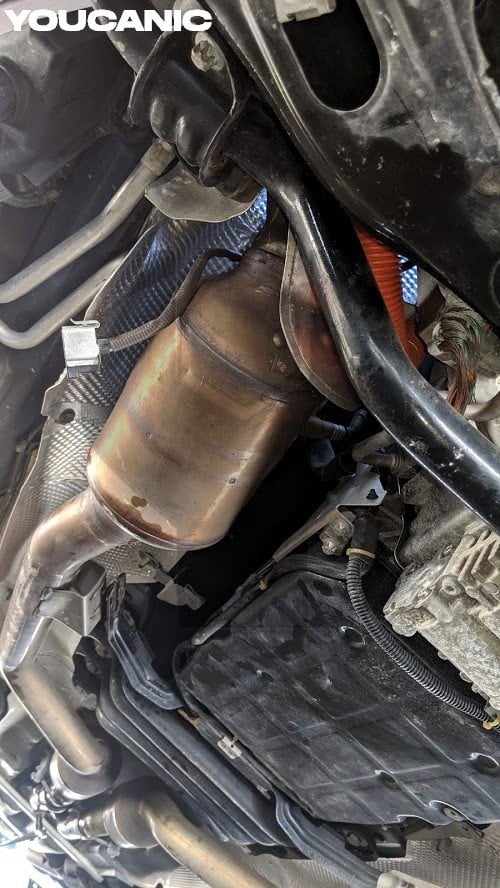
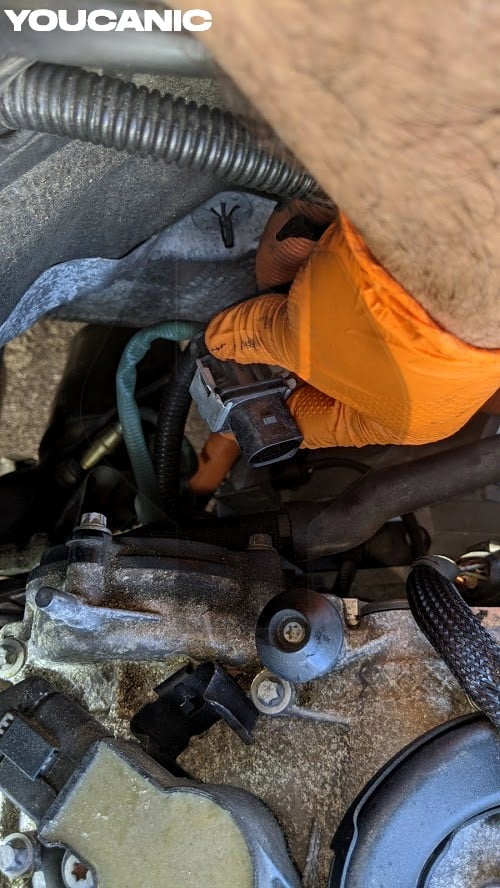
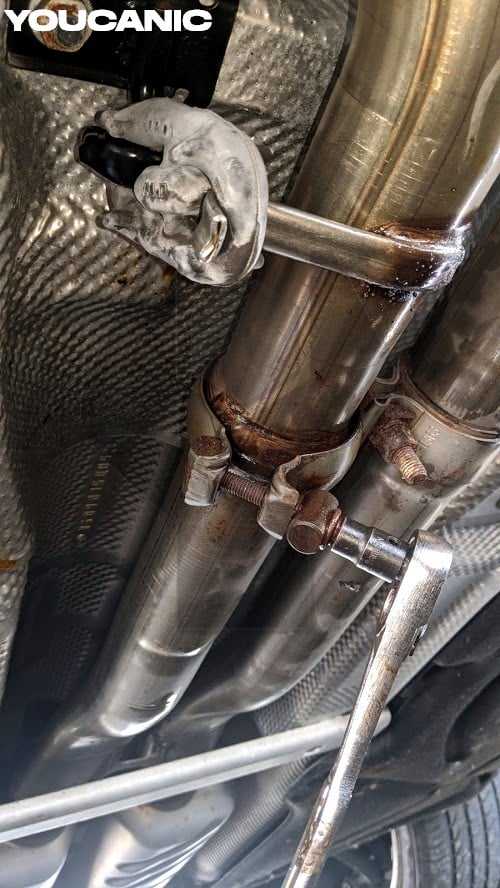
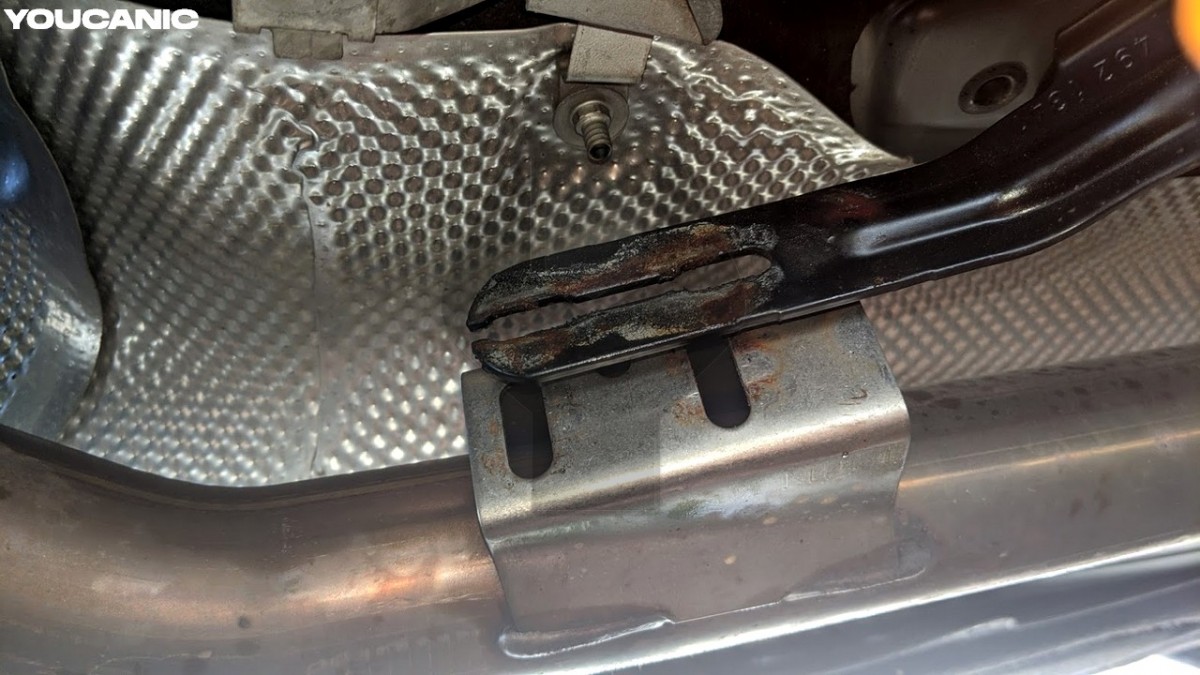
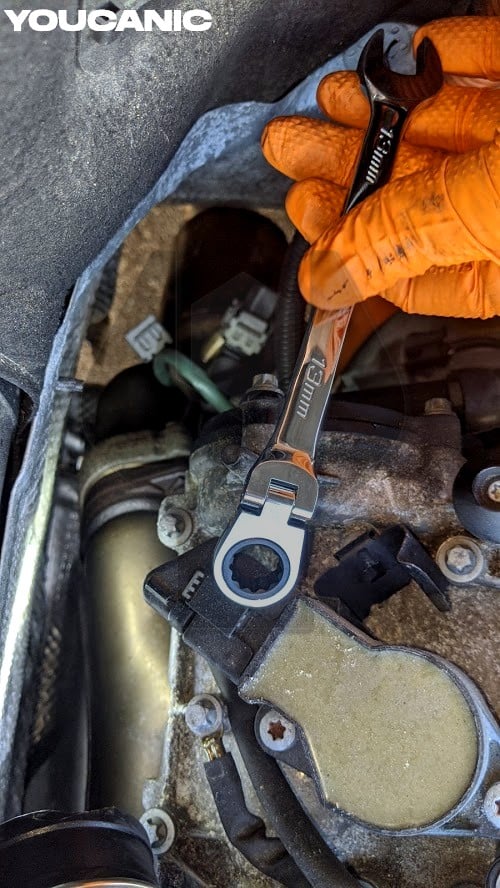 The upper bolt was easier to remove from above the engine. We were able to remove them from under the vehicle. We had to use a couple of 8″ ratchet wrench extensions to access it.
The upper bolt was easier to remove from above the engine. We were able to remove them from under the vehicle. We had to use a couple of 8″ ratchet wrench extensions to access it. 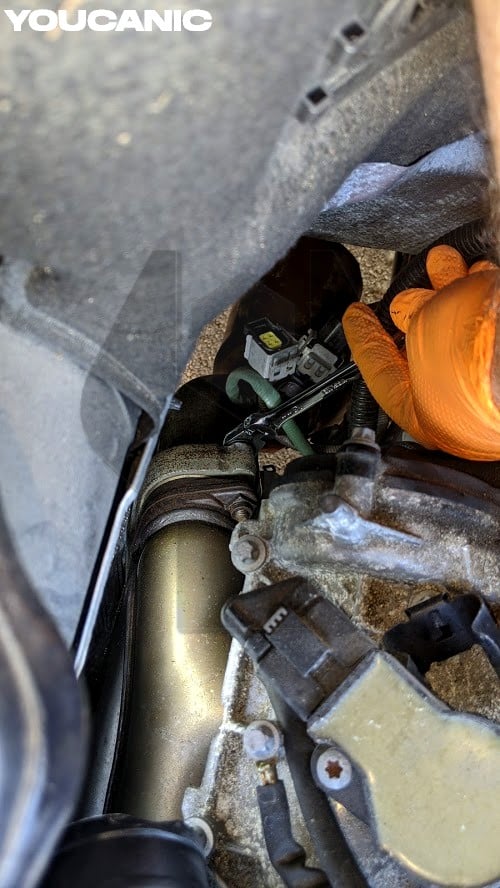
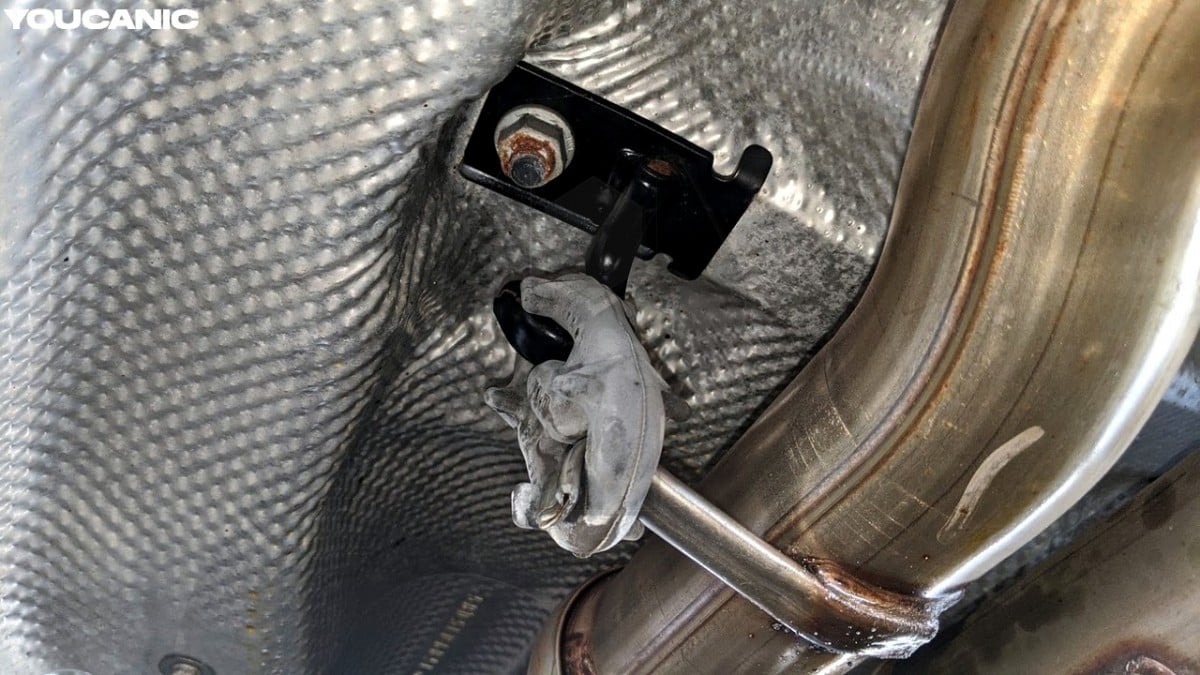 You may have to remove the oxygen sensors to make room to pull down the old catalytic converter.
You may have to remove the oxygen sensors to make room to pull down the old catalytic converter.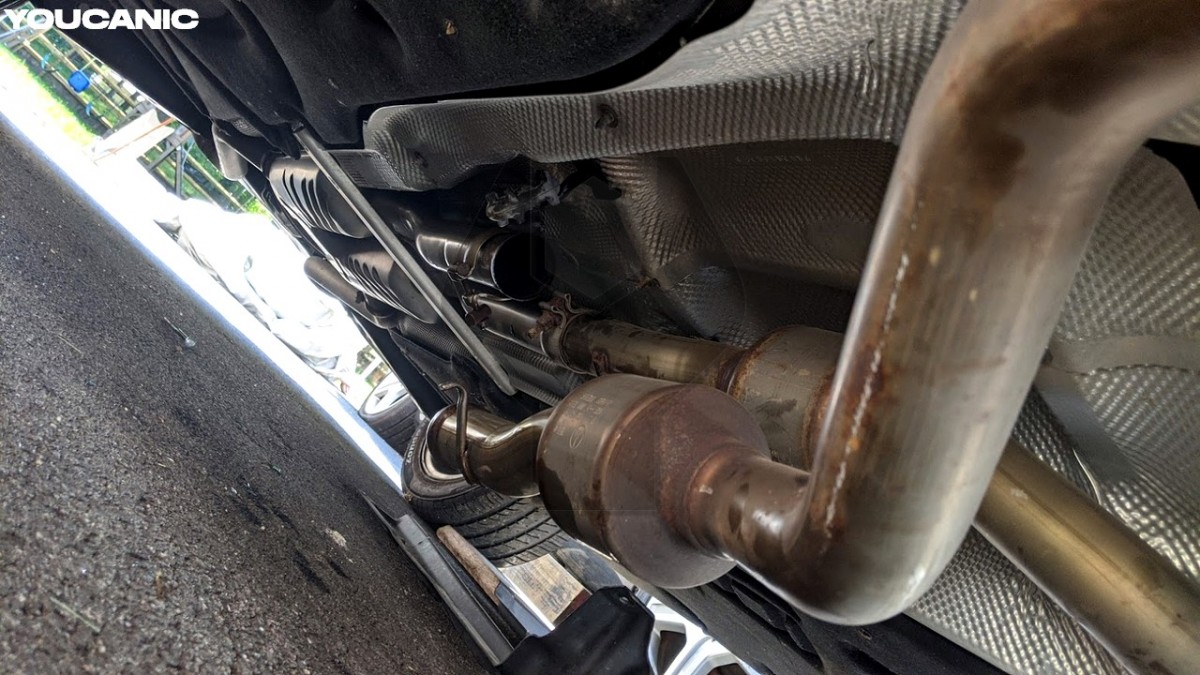 We could remove the passenger catalytic convert in this S-Class with the attached oxygen sensors. Once you have the vehicle’s catalytic converter, it is much easier to remove the oxygen sensors.
We could remove the passenger catalytic convert in this S-Class with the attached oxygen sensors. Once you have the vehicle’s catalytic converter, it is much easier to remove the oxygen sensors.






Thank you very much it’s very helpful 👍👍👍🙏🙏🙏